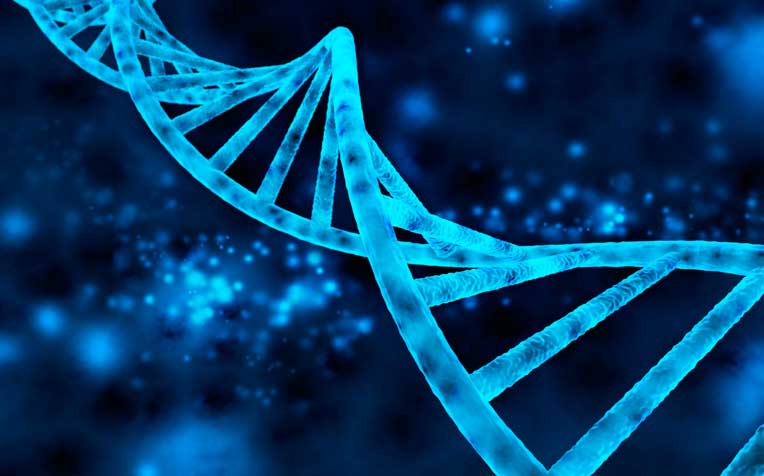
Women who have family history of breast cancer are at a higher risk.
When Hollywood actress Angelina Jolie announced back in 2013 that she had both her breasts removed to reduce her high genetic risk of developing breast cancer, it surprised many. The surgery, called double mastectomy, brought down her risk from 87 per cent to about 5 per cent.
Do mutated genes justify a preventive mastectomy?
In Singapore, preventive mastectomy is performed for rare patients who carry specific mutated genes.
"Carriers of mutations in the BRCA1 or BRCA2 genes have more than a 50 per cent risk of developing breast cancer in their lifetime. When that mutation is detected, one of the recommendations would be to perform a preventive double mastectomy, usually when the woman is in her 30s," explains Dr Lim Geok Hoon, Senior Consultant for KK Breast Centre at KK Women’s and Children’s Hospital (KKH), a member of the SingHealth group.
Before such a surgery is performed, a patient will typically undergo intensive breast screening, which includes a mammogram and MRI of the breast, to detect any cancers that may already be developing.
However, a mastectomy does not completely eliminate the risk of breast cancer for a woman since some breast tissues remain. The residual risk is estimated at about 5 per cent.
Is preventive mastectomy always advisable?
The presence of the gene mutations is a key decision factor. For instance, if a woman with normal genes has cancer in one breast, there is no evidence that removing the other breast improves the survival rate. Preventive mastectomy should thus only be considered in women who carry the genetic mutation such as BRCA1 or BRCA2, due to the sharply increased risk of breast cancer. In the case of Angelina Jolie, her mother who died at 56 years of age, carried BRCA1 gene mutation.
Read on to learn about other risk factors for breast cancer.
Ref: M19
Contributed by
Related Articles
Conditions & Treatments
Public Events
Get the Health Buddy App
© 2025 SingHealth Group. All Rights Reserved.


















 Get it on Google Play
Get it on Google Play